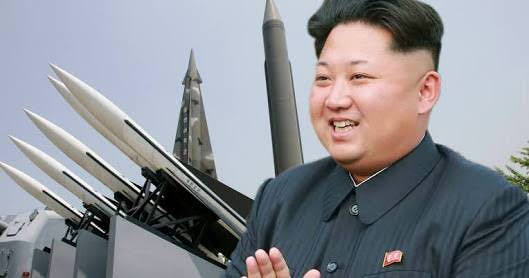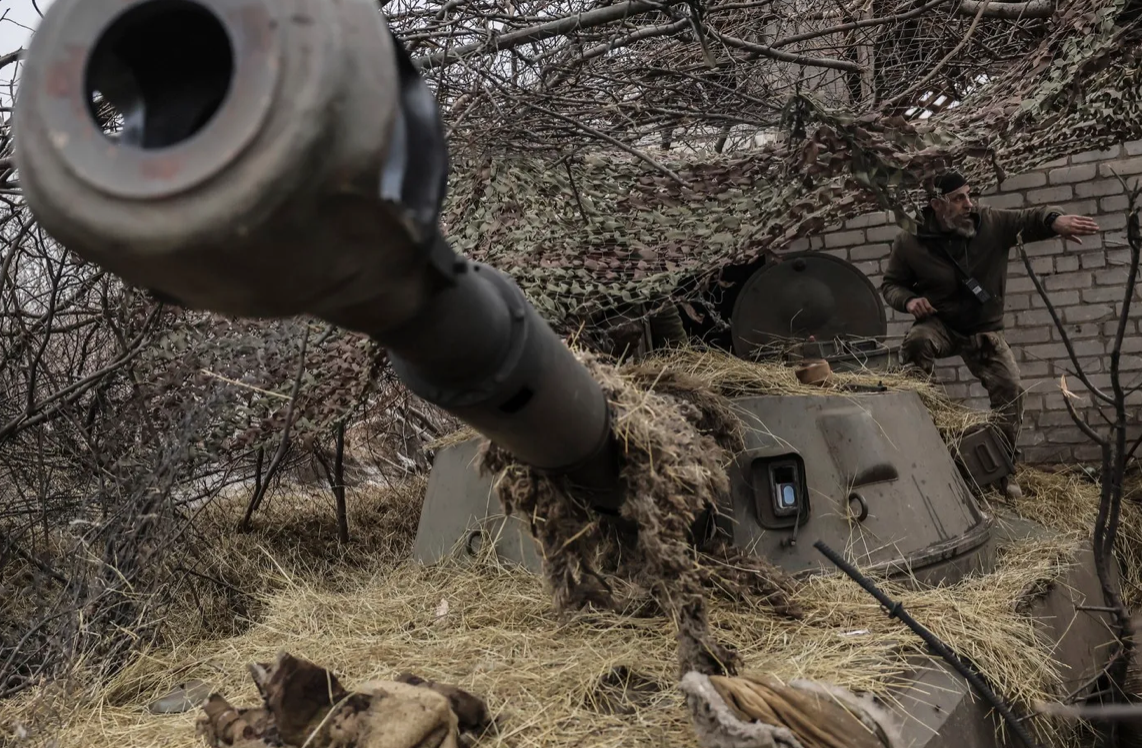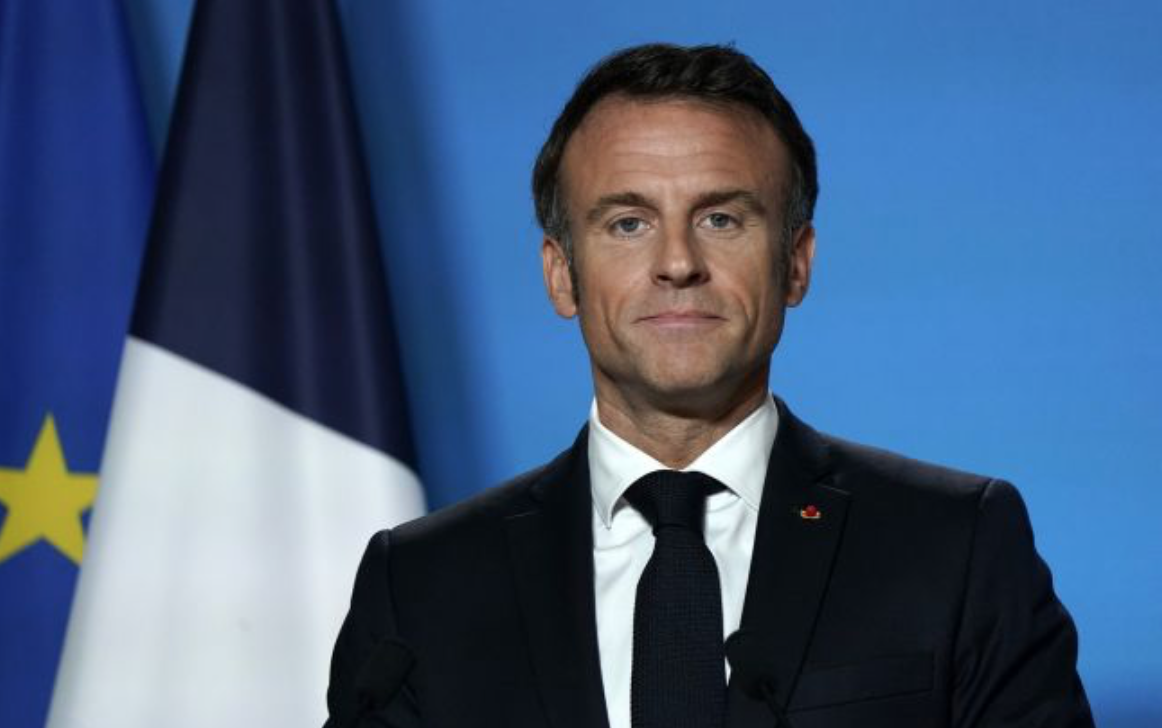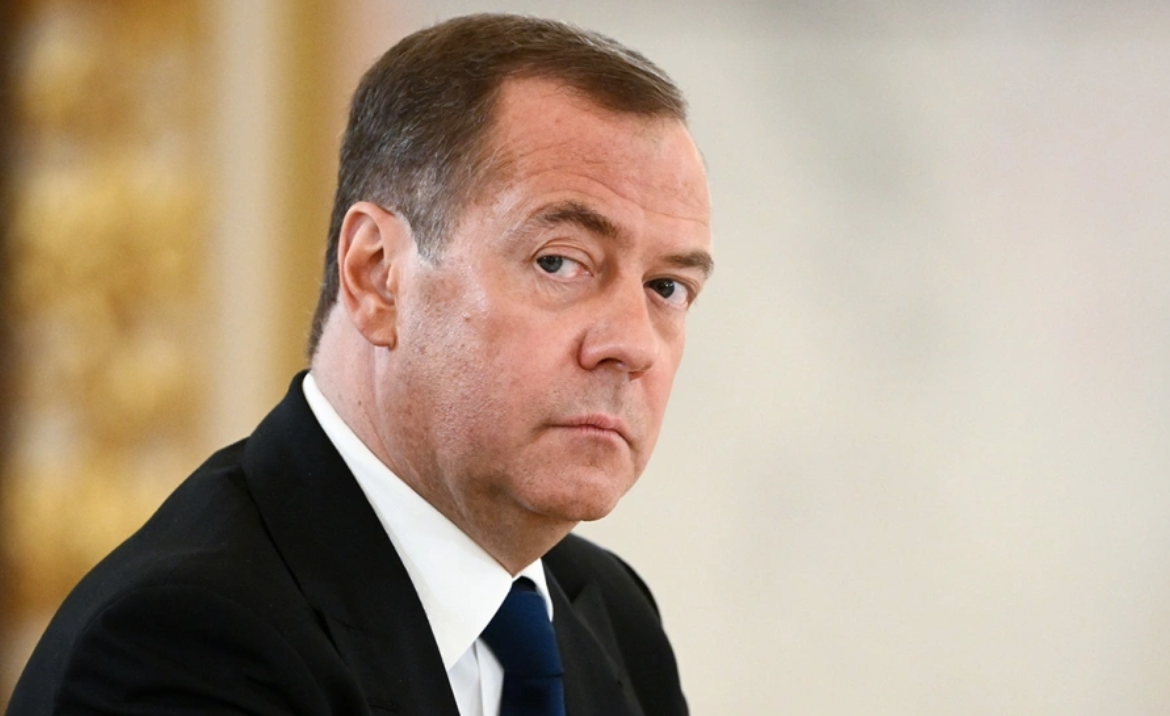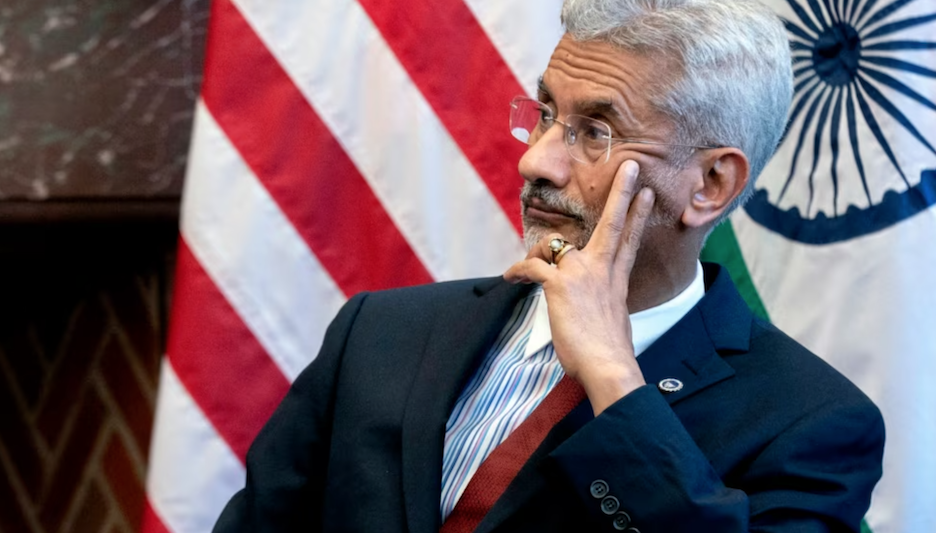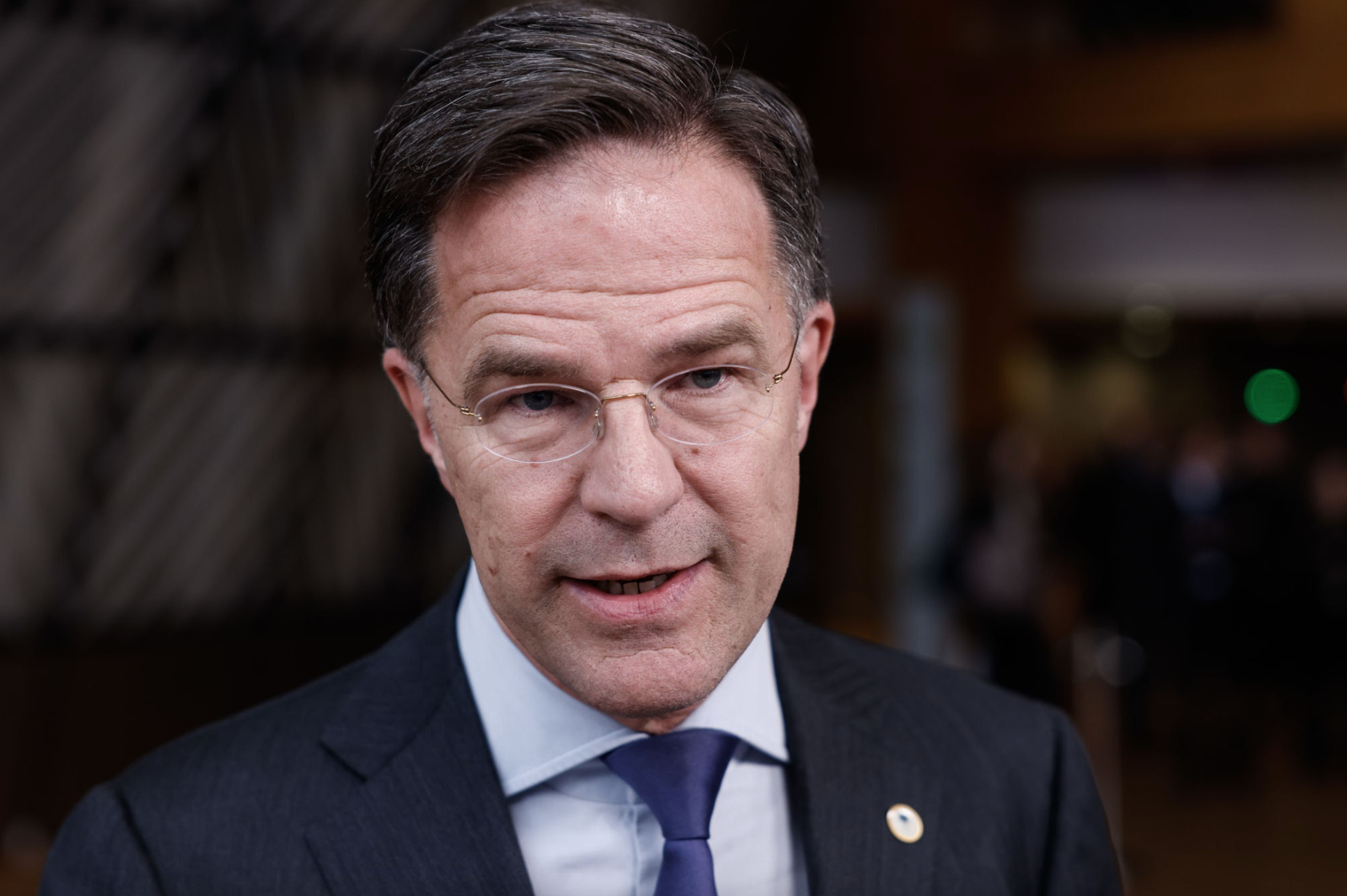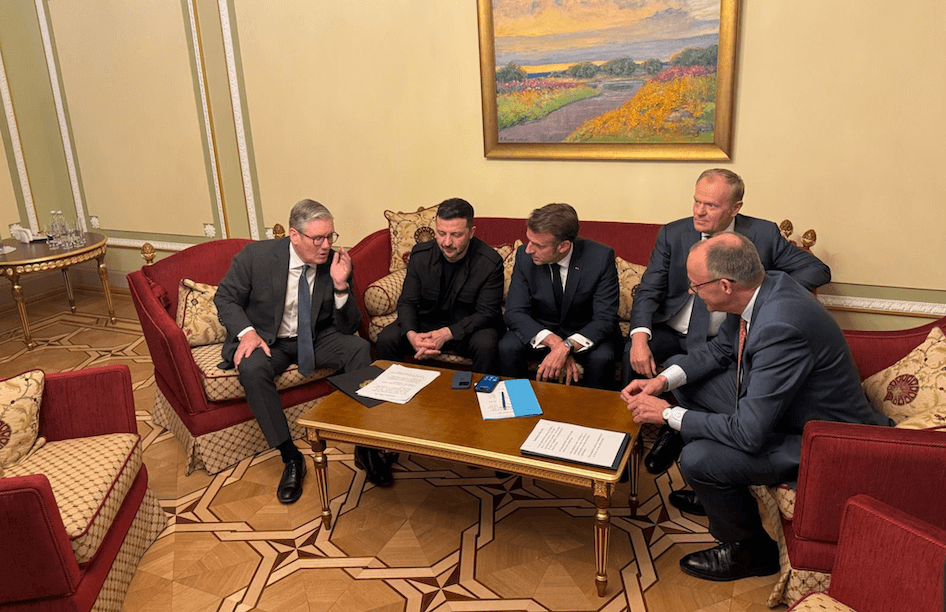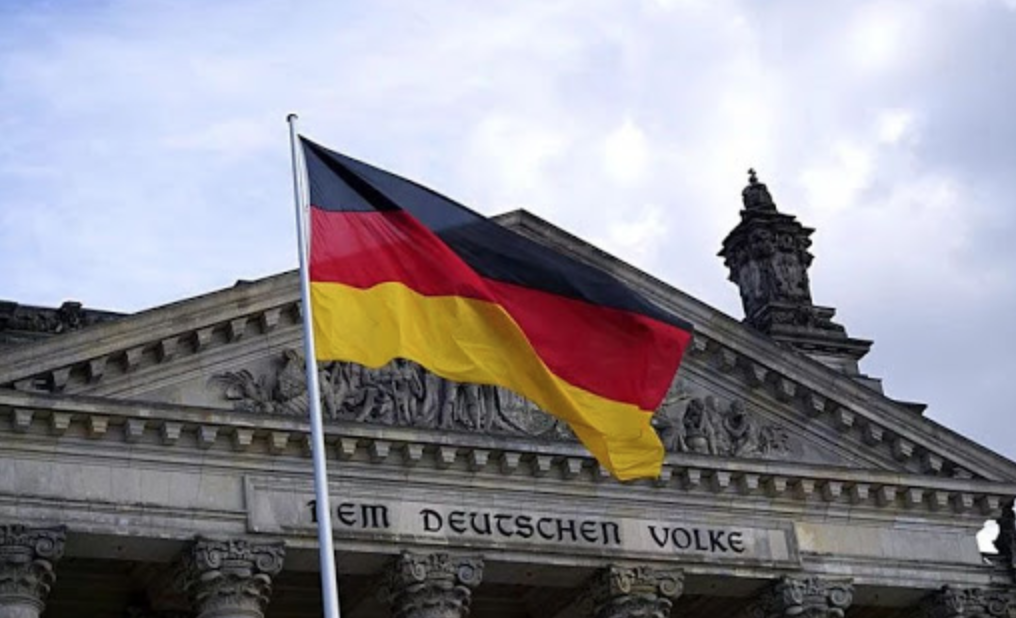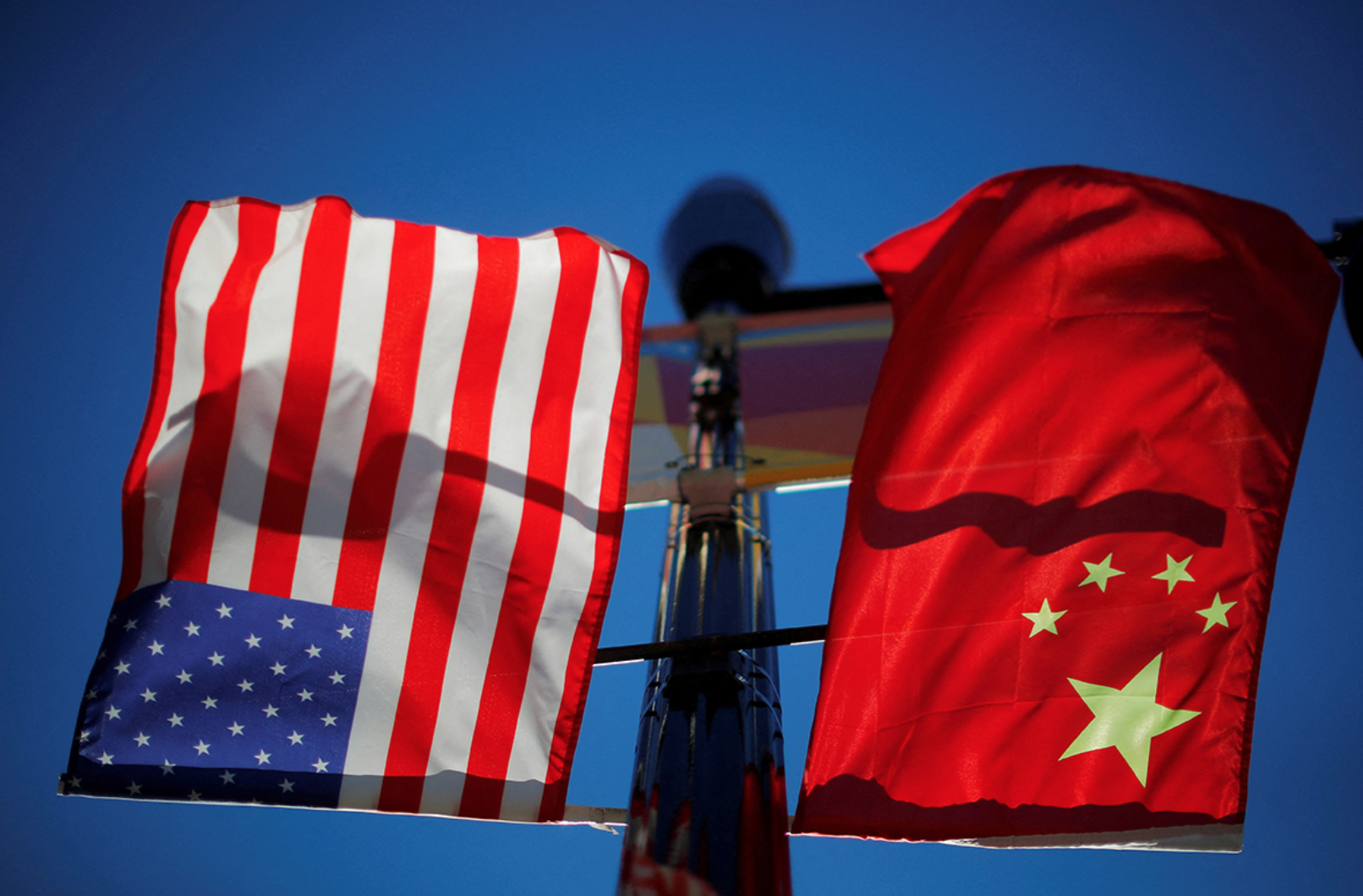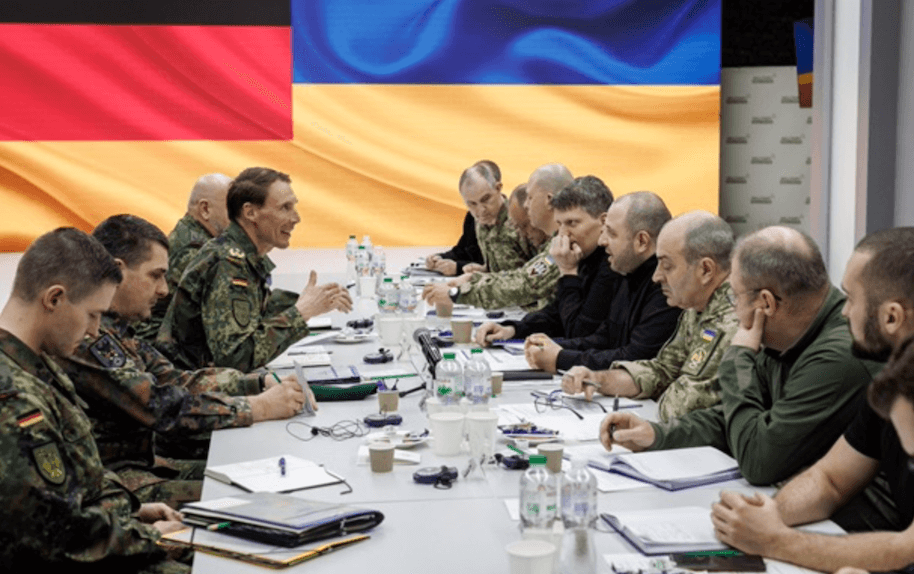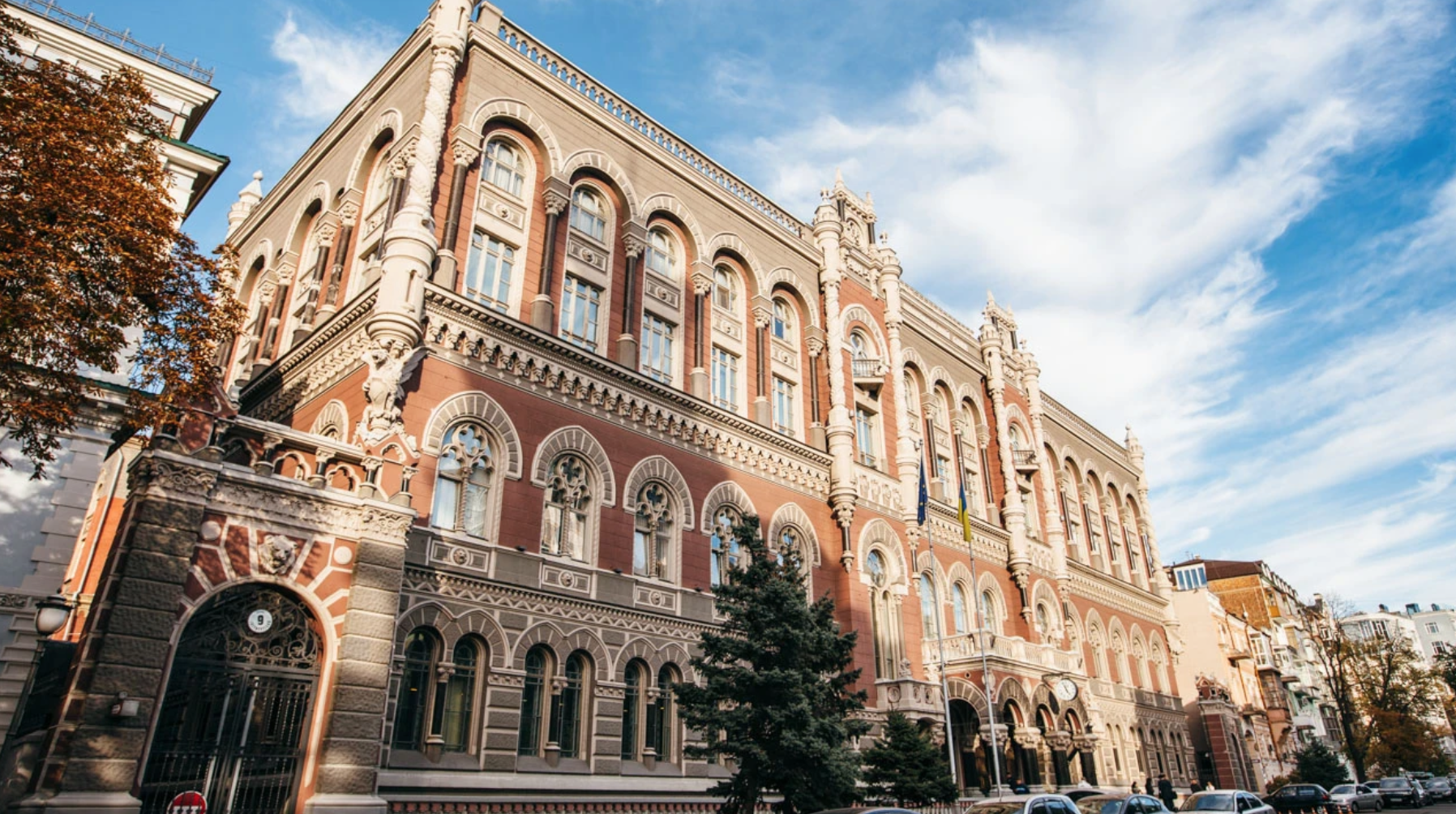Photo: Depositphotos
On 3 October, a missile attack took place near Donetsk, killing more than 20 soldiers, including six officers from North Korea. This information was confirmed by intelligence sources, including KyivPost and Interfax-Ukraine.
The officers arrived in Russian-controlled territory to hold consultations with their Russian counterparts. Three other North Korean servicemen are known to have been injured. Information from Russian social media suggests that prior to the strike, the Russian military demonstrated to North Korean representatives the training of personnel for assault and defence.
This incident took place against the backdrop of increased military cooperation between Russia and North Korea. In June, it became known that the DPRK was planning to send construction and engineering units to take part in “reconstruction work” in the occupied Donetsk region. The Pentagon warned that these troops could become “cannon fodder” in the war.
Western intelligence believes that a significant portion of the artillery shells used by Russia come from North Korea. In particular, it is estimated that up to half of the three million shells produced annually come from the DPRK.
The missile strike was yet another testament to the brutal realities of the war in Ukraine, where international politics, military alliances and the tragedies of soldiers intertwine in a complex picture of conflict.

